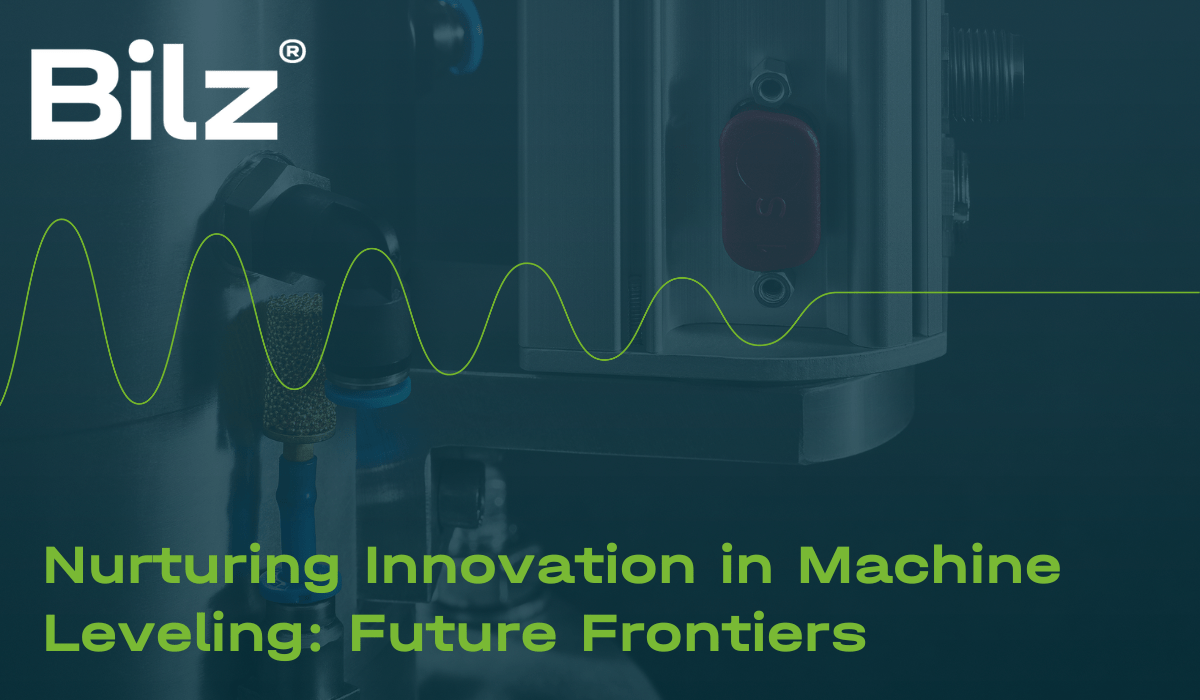

As industries evolve in the face of technological advancements and changing market demands, the arena of machine leveling is no exception. This crucial process, foundational to the precision and efficiency of manufacturing operations, is ripe for innovation. Looking ahead, several key areas promise to redefine machine leveling, making it more accurate, efficient, and integrated with the smart manufacturing landscapes of the future. This blog post explores these future frontiers of machine leveling innovation, shedding light on how they could shape the next generation of manufacturing practices.
The deployment of advanced sensor technologies stands at the forefront of leveling innovation. Ultra-precise, real-time monitoring of equipment alignment and vibration through sensors could enable automatic adjustments, maintaining optimal machine leveling without manual intervention.
Machine leveling is set to become a fully integrated aspect of the Industry 4.0 ecosystem. Connectivity and data exchange between machines, systems, and the cloud will allow for a holistic approach to machine setup and maintenance, where leveling is continuously optimized as part of the smart factory operations.
The application of AI and machine learning in machine leveling could revolutionize how adjustments are made, moving from manual settings to intelligent, autonomous systems that learn and improve over time.
As sustainability becomes a central concern in manufacturing, future innovations in machine leveling will likely focus on reducing environmental impact. This could involve the development of leveling technologies that minimize energy consumption and use environmentally friendly materials.
AR and VR technologies have the potential to transform machine leveling by providing immersive, interactive platforms for training, simulation, and remote assistance.
The future of machine leveling lies in harnessing innovations across sensor technologies, Industry 4.0 integration, artificial intelligence, sustainability, and immersive technologies. As these advancements converge, they promise to elevate the precision, efficiency, and sustainability of manufacturing operations, ushering in a new era of smart and automated machine leveling. Embracing these innovations will not only optimize manufacturing processes but also drive the industry towards a more adaptable, efficient, and environmentally conscious future.